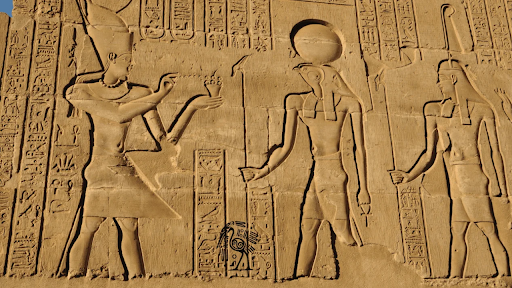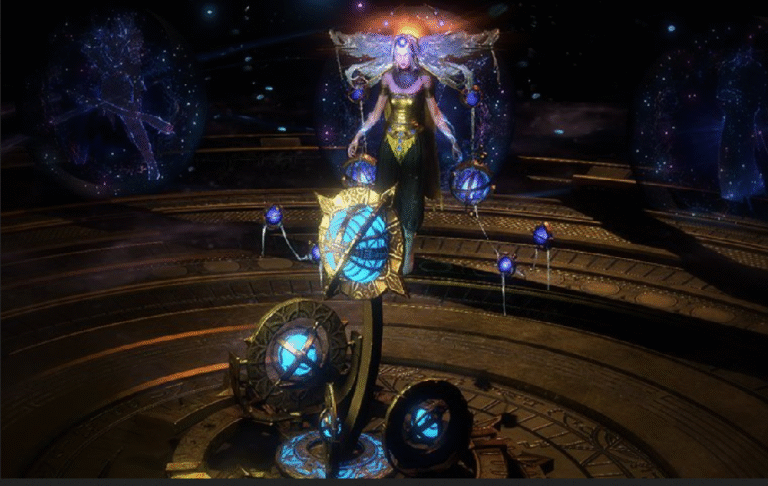Ancient Artz: Preserving Beauty Across the Ages
Art is not merely a form of expression; it is a bridge that connects us to our ancestors, their cultures, emotions, and visions of the world. Ancient Artz is the term that beautifully captures the artistic achievements of early civilizations — from prehistoric cave paintings to the intricate sculptures of Greece and Rome. These masterpieces stand as timeless reminders of humanity’s relentless pursuit of creativity, meaning, and connection.
In this article, we will delve into the world of Ancient Artz, exploring its origins, evolution, significance, and enduring influence on modern art and culture. Whether you are a history enthusiast, an art lover, or a curious learner, this guide to Ancient Artz will offer you an insightful journey through time.
The Origins of Ancient Artz
Ancient Artz began long before formal civilizations. The earliest examples come from prehistoric times, dating back tens of thousands of years. The cave paintings of Lascaux in France and the rock carvings in Australia represent humanity’s first attempts to depict life, nature, and spirituality.
These early forms of Ancient Artz served not only decorative purposes but also spiritual and communicative roles. They were the first records of human consciousness and the desire to leave a mark on the world.
Key characteristics of prehistoric Ancient Artz:
- Use of natural pigments like charcoal and ochre.
- Themes centered around hunting, fertility, and nature.
- Primitive but powerful storytelling through imagery.
Major Civilizations and Their Contributions to Ancient Artz
As societies evolved, so did their art. Ancient Artz flourished in various parts of the world, each culture adding its distinct flavors and techniques.
1. Egyptian Ancient Artz
The Egyptians elevated Ancient Artz to monumental levels. Their sculptures, paintings, and pyramids were deeply tied to religion and the afterlife. Hieroglyphics, one of the earliest forms of written communication, are themselves a form of Ancient Artz.
Highlights of Egyptian Ancient Artz:
- Pyramids and tomb paintings.
- Statues of gods, pharaohs, and animals.
- Symbolic use of colors and symmetry.
2. Mesopotamian Ancient Artz
In the land between the Tigris and Euphrates Rivers, Ancient Artz manifested in the form of grand architecture like ziggurats, intricate cylinder seals, and detailed carvings.
Features of Mesopotamian Ancient Artz:
- Relief sculptures depicting battles and myths.
- The invention of cuneiform writing.
- Rich religious symbolism.
3. Greek Ancient Artz
The Greeks introduced ideals of beauty, proportion, and humanism into Ancient Artz. Sculptures like the Venus de Milo and architecture like the Parthenon showcase a perfect blend of artistic mastery and philosophical thought.
Characteristics of Greek Ancient Artz:
- Focus on realism and idealized human forms.
- Development of three architectural styles: Doric, Ionic, Corinthian.
- Pottery painting depicting myths and everyday life.
4. Roman Ancient Artz
The Romans borrowed heavily from Greek traditions but infused their Ancient Artz with grandeur and practicality. Frescoes, mosaics, and monumental structures like the Colosseum stand as testament to their ingenuity.
Aspects of Roman Ancient Artz:
- Realistic portrait sculptures.
- Public works that blended functionality with beauty.
- Advances in engineering and construction.
The Symbolism Behind Ancient Artz
Ancient Artz was never created for mere aesthetic pleasure. Every painting, sculpture, and artifact carried profound meanings:
- Religious Beliefs: Gods, spirits, and the afterlife were central themes.
- Power and Status: Kings and leaders used Ancient Artz to project authority.
- Cultural Identity: Art preserved traditions, myths, and societal values.
- Historical Record: Battles, treaties, and everyday life were documented visually.
The layers of meaning embedded in Ancient Artz allow modern scholars to piece together historical narratives that would otherwise be lost.
Materials and Techniques Used in Ancient Artz
The creation of Ancient Artz involved mastery over available materials and innovative techniques:
- Stone carving for statues and temples.
- Metalworking for jewelry and weapons.
- Clay and pottery for daily use and ceremonial purposes.
- Painting using natural dyes and brushes made from animal hair.
Artists of the ancient world displayed incredible craftsmanship without modern tools, making the survival of Ancient Artz through centuries all the more remarkable.
Ancient Artz’s Influence on Modern Culture
Even today, Ancient Artz permeates our culture:
- Architectural designs borrow elements from Greek and Roman styles.
- Artistic techniques and themes from ancient civilizations inspire contemporary painters and sculptors.
- Symbols from Ancient Artz are often seen in fashion, film, and literature.
Moreover, museums around the world dedicate entire sections to Ancient Artz, attracting millions of visitors who marvel at the timeless works of art.
Preserving Ancient Artz for Future Generations
The fragility of Ancient Artz demands active efforts for preservation:
- Archaeological excavations uncover lost pieces.
- Restoration projects repair damaged works.
- Museums and galleries provide controlled environments.
- Digital archives offer virtual access to ancient masterpieces.
Conserving Ancient Artz is crucial for understanding where we come from and guiding where we are headed.
FAQs About Ancient Artz
What is Ancient Artz?
Ancient Artz refers to the collective body of artistic works produced by early human civilizations, including paintings, sculptures, architecture, and decorative arts.
Why is Ancient Artz important?
Ancient Artz provides insight into the cultures, beliefs, and histories of ancient societies, helping modern people understand human development over millennia.
Which civilizations contributed most to Ancient Artz?
Key contributors to Ancient Artz include Egypt, Mesopotamia, Greece, Rome, China, and the Indus Valley Civilization.
What materials were commonly used in Ancient Artz?
Artists often used stone, clay, metal, wood, and natural pigments to create their masterpieces in Ancient Artz.
How has Ancient Artz influenced modern art?
Modern architecture, sculpture, and visual arts often draw inspiration from the techniques, styles, and themes pioneered by Ancient Artz.
Where can I view Ancient Artz today?
You can explore Ancient Artz in major museums such as the Louvre in Paris, the British Museum in London, and the Metropolitan Museum of Art in New York.
How old is the oldest piece of Ancient Artz?
The oldest known Ancient Artz includes prehistoric cave paintings that are estimated to be over 40,000 years old.
What are some famous examples of Ancient Artz?
The Great Pyramids of Egypt, the Parthenon of Greece, and the Terracotta Army of China are iconic examples of Ancient Artz.
What themes are common in Ancient Artz?
Common themes include religion, mythology, nature, leadership, war, and daily life, all deeply woven into the tapestry of Ancient Artz.
How do archaeologists study Ancient Artz?
Archaeologists use excavation, carbon dating, and analysis of artistic styles and materials to study and understand Ancient Artz.
Conclusion
Ancient Artz stands as a profound legacy of human creativity, resilience, and aspiration. Across thousands of years and countless civilizations, art has been the heartbeat of culture, a way for humans to communicate across the ages.In studying and preserving Ancient Artz, we not only honor our ancestors but also inspire future generations to continue the eternal dialogue between the past and the present. Whether etched on cave walls or carved in marble, the essence of Ancient Artz reminds us of the timeless beauty that lies at the core of human existence.As you explore the wonders of Ancient Artz, remember that you are not merely looking at old artifacts—you are witnessing the undying spirit of humanity itself.
Keep an eye for more latest news & updates on Hamro Solarllc!






